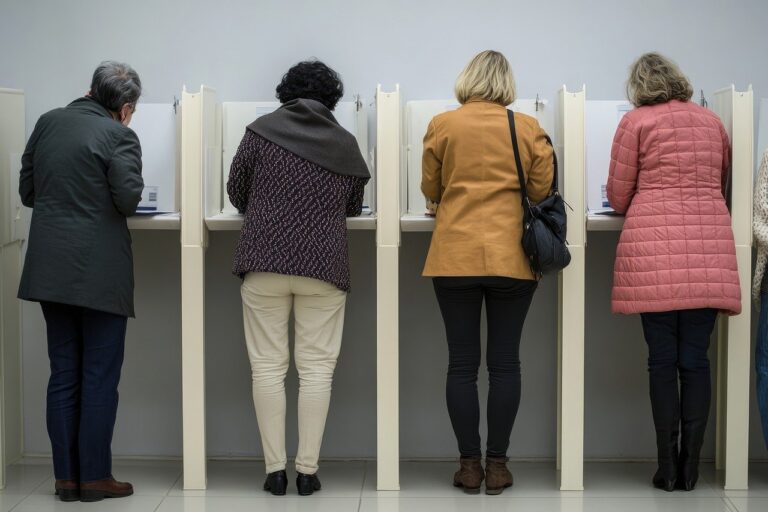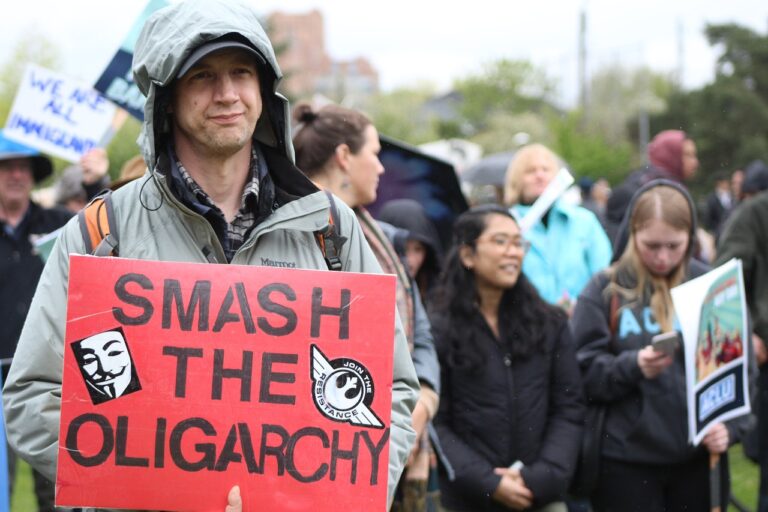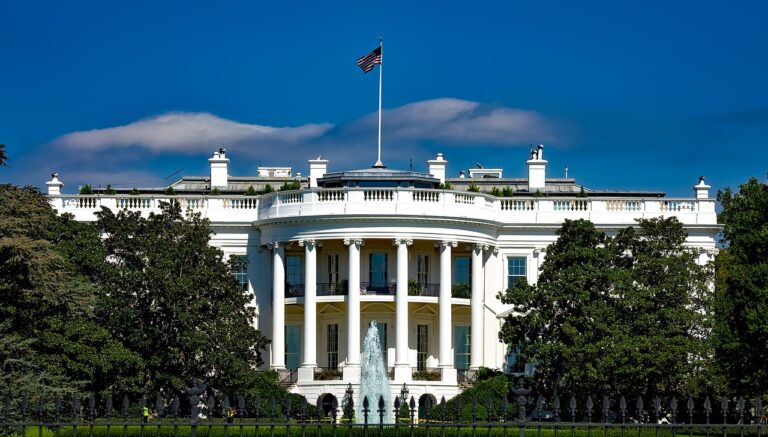Peace President United Blog
The Evolution of the Voting Process: Understanding Ranked Choice Voting

One of the most persistent challenges in democratic systems is that many citizens feel their votes do not truly count and that they are disconnected from their government. This disconnect often leads to voter apathy and reinforces an “us versus them” mentality in politics, where voters feel limited to choosing between two dominant parties. Ranked Choice Voting (RCV) offers a transformative solution to these foundational challenges by fostering greater voter empowerment, representation, and inclusivity in elections.
Empowering Voters and Making Votes Count
RCV addresses the concern that votes don’t count by allowing citizens to rank candidates in order of preference rather than selecting just one. This eliminates the fear of “wasting” a vote on a less popular candidate. If a voter’s top choice doesn’t have enough support to win, their vote transfers to their next preference. This system ensures that every vote contributes to the final outcome, making voters feel their voices are truly heard.
Reducing Strategic Voting
Under traditional voting systems, many citizens feel forced to vote defensively, choosing the “lesser of two evils” rather than their true preference. RCV eliminates this dilemma. Voters can confidently rank their genuine favorite candidates first, knowing their votes will still matter even if their top choice is eliminated. This restores a sense of agency and authenticity to the voting process.
Encouraging Positive Campaigning
RCV encourages candidates to seek broad support, including second- and third-choice rankings. This dynamic incentivizes more positive campaigning, as candidates aim to appeal to a wider range of voters rather than solely focusing on their base. As a result, campaigns are less divisive, fostering a spirit of collaboration and reducing the entrenched “us versus them” mindset.
Promoting Representation and Choice
With RCV, voters are not constrained to a binary choice between two major parties. They can explore more candidates and perspectives, increasing the diversity of options on the ballot. This helps break down the adversarial two-party dynamic and allows voters to support candidates who truly align with their values. It also ensures that winners have broader support across the electorate, creating a government that feels more representative and inclusive.
By making every vote count, reducing polarization, and fostering inclusivity, Ranked Choice Voting can address the disconnection many citizens feel from their government. It transforms the voting process from a divisive battle into an empowering expression of diverse perspectives, helping to bridge the gap between citizens and their democracy.
Why Ranked Choice Voting (RCV) is the Natural Evolution of Democracy
Democracy is built on the principle that governments derive their legitimacy from the consent and participation of the governed. As societies evolve and grow more diverse, democratic systems must adapt to ensure representation for all voices. Ranked Choice Voting (RCV) represents a natural progression in this evolution, offering a more inclusive, fair, and effective way to conduct elections. By allowing voters to rank candidates in order of preference, RCV strengthens democratic values, fosters unity, and reduces division. Importantly, this system is already proving its effectiveness in various local, state, and national contexts, setting an inspiring precedent for broader adoption.
Examples of RCV in Action
RCV has been implemented successfully in numerous jurisdictions, demonstrating its ability to enhance electoral systems. In the United States, Maine became the first state to use RCV for federal elections, starting in 2018. This system allowed voters to express their full preferences, ensuring elected officials had majority support. For example, in Maine’s 2nd Congressional District election in 2018, RCV prevented a candidate from winning with only a plurality, instead ensuring the winner had broader voter support.
Similarly, Alaska adopted RCV for its statewide elections in 2022. This system led to the election of Mary Peltola, who won Alaska’s at-large congressional seat by appealing to a wide spectrum of voters, including independents and moderates. Her victory exemplified how RCV rewards candidates who prioritize coalition-building over divisive rhetoric.
Internationally, RCV is used in Australia for House of Representatives elections and in Ireland for presidential elections. These systems have a long track record of producing results that reflect the collective will of the electorate, encouraging unity in governance.
Promoting Unity Over Division
RCV addresses one of democracy’s most pressing challenges: political polarization. Traditional winner-take-all elections often encourage “us versus them” dynamics, where candidates focus on energizing their base while dismissing opposing voters. This divisive approach alienates large portions of the electorate and fuels distrust.
By contrast, RCV incentivizes candidates to seek support beyond their core base. To secure second- and third-choice rankings, candidates must appeal to a broader spectrum of voters, including those who may not initially support them. This dynamic fosters more inclusive campaigning and collaboration across ideological divides. For example, in Alaska, Mary Peltola’s campaign highlighted shared values rather than differences, which resonated with a diverse electorate and contributed to her success under RCV.
RCV also empowers voters to explore diverse candidates without fear of “splitting the vote.” This dynamic encourages participation from third-party and independent candidates, who often bring fresh perspectives and innovative ideas. By ensuring these candidates can compete without undermining similar contenders, RCV nurtures a richer political dialogue and broader voter engagement.
RCV as the Evolution of Democracy
Democracy thrives on innovation and adaptation. RCV modernizes elections by addressing key flaws in traditional systems, such as vote-splitting, polarization, and the tyranny of the plurality. It promotes a deeper sense of voter agency by ensuring that every vote counts and that winners enjoy majority support. As demonstrated in Maine, Alaska, and internationally, RCV strengthens the legitimacy of elected officials and reduces the divisive rhetoric that erodes trust in democratic institutions.
In conclusion, Ranked Choice Voting is more than a reform; it is a necessary evolution for democracy to meet the needs of a diverse and interconnected society. By prioritizing unity over division, fostering inclusivity, and enhancing representation, RCV paves the way for a stronger and more harmonious democratic future. Its growing adoption in the United States and around the world signals a promising step toward a political system that better serves all its people.



